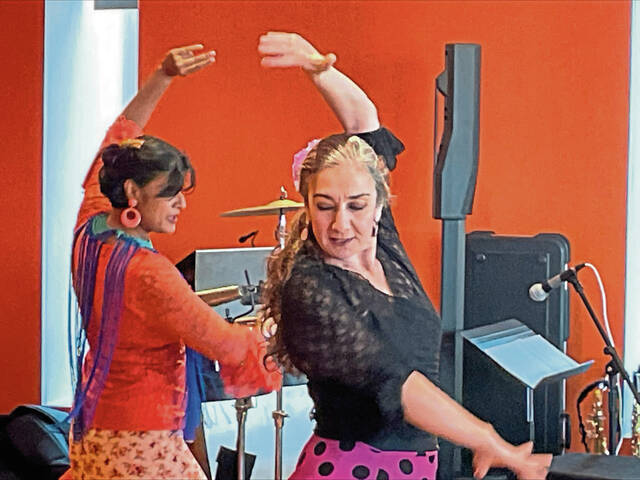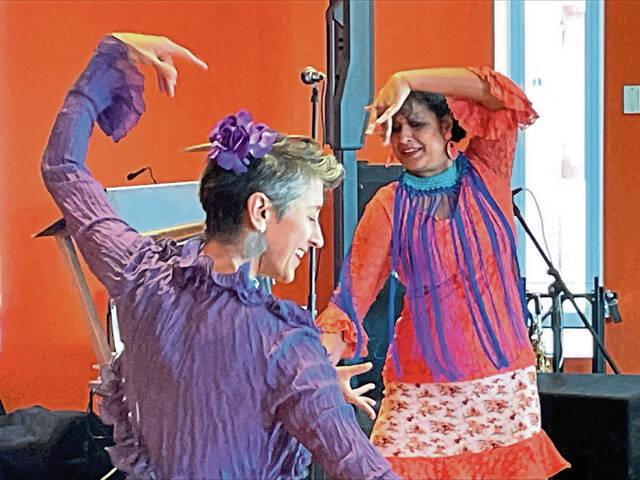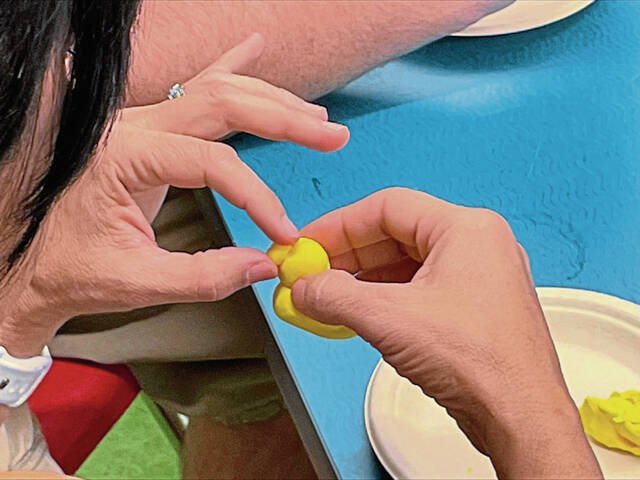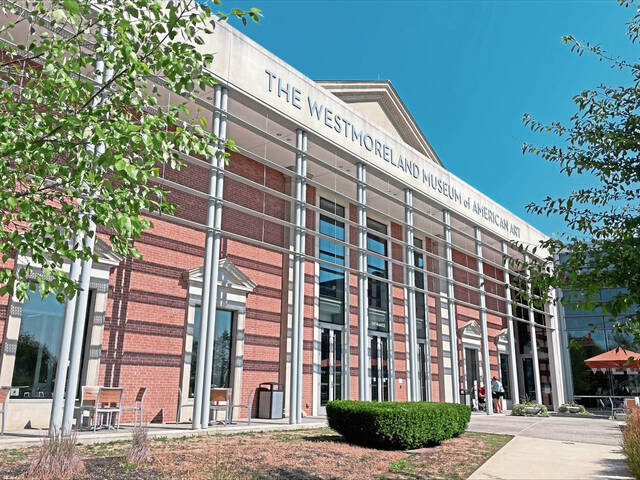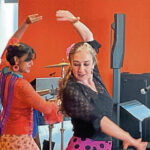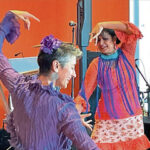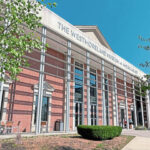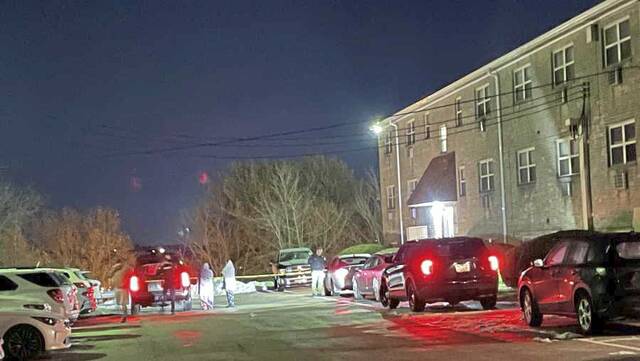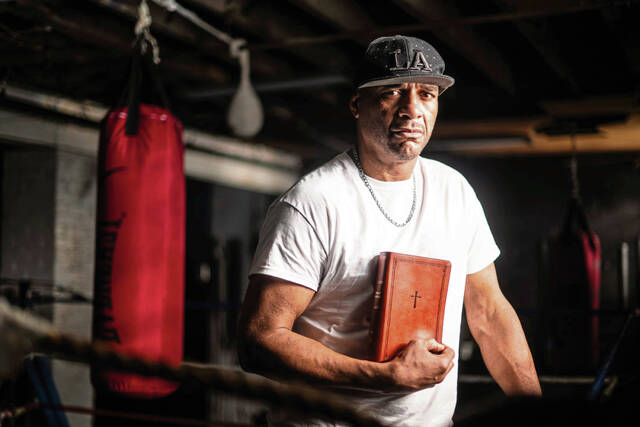When Carolina Loyola-Garcia left her native Chile some 27 years ago to study art in Pittsburgh, about 4,000 Hispanic men and women, about 1% of the city’s population, called the Steel City home.
“There was no flamenco here — and I wanted to dance,” Loyola-Garcia said with a laugh, sweating Sunday after a 15-minute flamenco performance at the Westmoreland Museum of American Art. “I thought, ‘Maybe I can teach people what little I know.’ And 20 years later, that’s still what I’m doing.”
Loyola-Garcia continues to dance the flamenco, her dark hair twirling with every pivot and black sleeves flaring as she rhythmically sways her arms. The ethnic breakdown of those around her, however, is shifting.
Pittsburgh’s Hispanic population has passed the 11,000 mark, growing nearly 80% from 2010 and 2020 alone, according to the 2022 Allegheny County Latinx Needs Assessment Report. In Westmoreland County, the number of Hispanics nearly doubled during the same period. It now nears 5,000 people.
Loyola-Garcia sees other ways to illustrate the trend.
On Saturday, she watched Pittsburghers take in salsa dancing and mariachi music at a taco festival in the city’s Strip District. There were 26 food vendors hawking everything from tacos to empanadas to arepas.
“It was so multicultural,” she said, smiling. “There were so many people from so many walks of life, and that’s refreshing.”
Though Loyola-Garcia’s Sunday performance with fellow Flamenco Pittsburgh dancers Susan Englert and Abha Bais drew crowds, others celebrated Hispanic Heritage Month at the museum by getting airbrushed tattoos or making Chilean chanchitos, good-luck pigs, out of clay.
“We’re a community, we welcome everybody,” said Erica Nuckles, the Ligonier woman who works as the museum’s director of learning, engagement and partnerships. “And, as an American art museum, everyone feels welcomed and represented here.”
Four Spanish Club students from Seton Hill University and the University of Pittsburgh-Greensburg sat in a second-floor gallery, helping children craft customized maracas or make flower bouquets.
Those bouquets’ bright colors stood in stark contrast to paintings on exhibit nearby. One, “Mining America,” a 2010 oil painting from Pittsburgh-born artist Joyce Werwie Perry, was saturated with dark, often monochromatic images of those who toiled in steel mills and coal mines.
Outside, the vibrancy played to the nose and the stomach. In the heart of Greensburg’s Academy Hill historic district, a food truck offered freshly cooked Mexican street fare from grilled chorizo and chicken tacos to a vegetarian-friendly burrito, complete with cauliflower, portabella mushrooms and plantains.
VAYA, which is based near Pittsburgh, also offered its take on churros, the fried-dough sticks from Spanish and Portuguese cuisine. Theirs were filled with caramel and topped with cinnamon and chocolate.
Also on hand Sunday was Sister Janice Vanderneck of St. Joseph of Baden, who helped form the Latino community resource center Casa San Jose in 2013.
The Indiana County native first encountered Latino culture at age 5, when she learned the rhumba. She later did mission work in the Brazilian Amazon.
In Pittsburgh 20 years ago, few in public services spoke Spanish, Vanderneck said.
“Now, the whole Allegheny County Department of Human Services is recognizing the need for immigrant services and in their language,” she said. “The numbers (in the Hispanic community) are just growing and growing exponentially.”
It doesn’t take decades to see the shift, museum staffer Elle Marshall said.
Marshall moved to Westmoreland County last year, after working for seven years in New Jersey. In Greensburg today, she organizes public programs and works as a community engagement manager.
“This museum is a gem for the county,” she said. “So, I understand the importance of something like this.”


